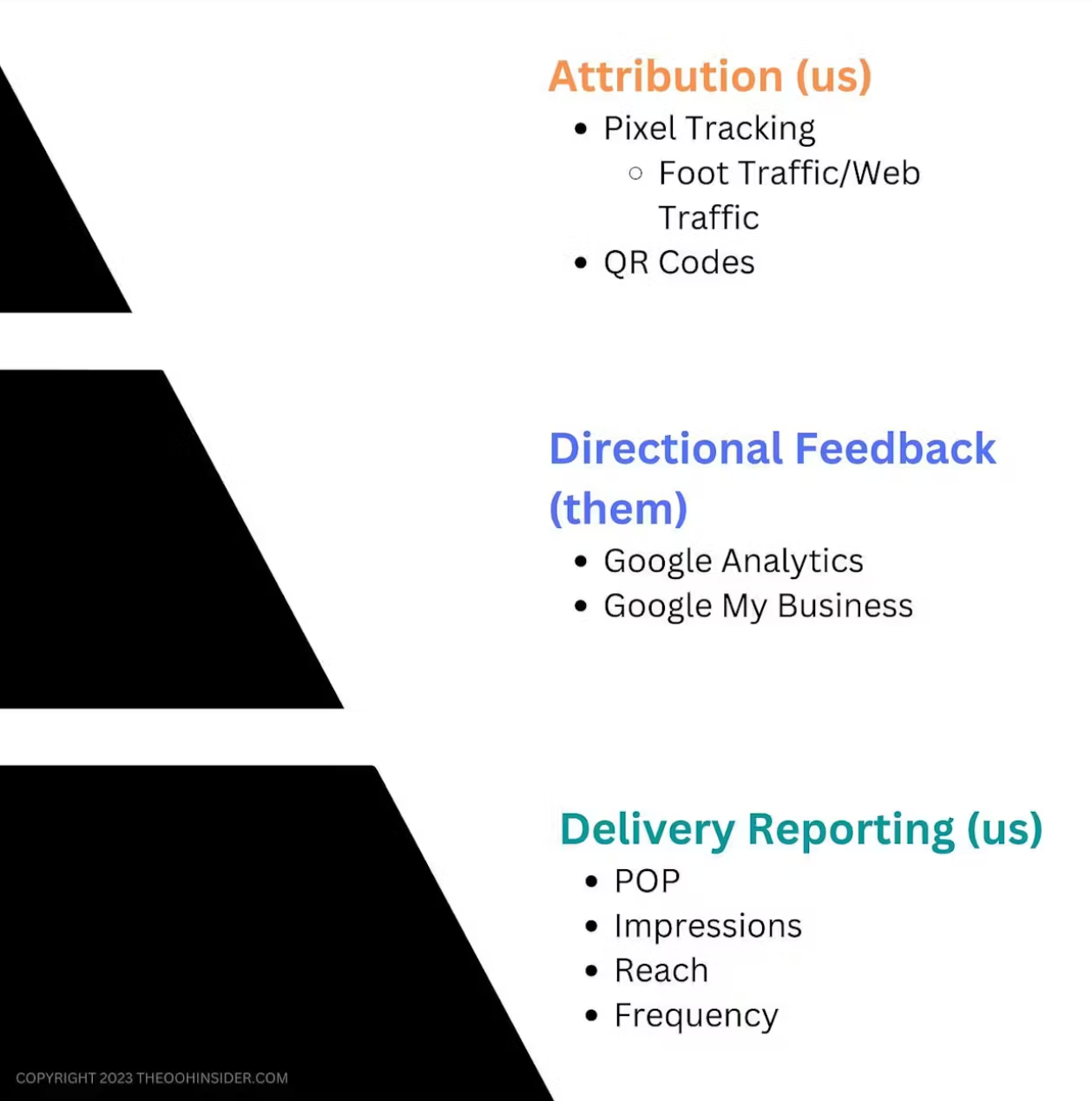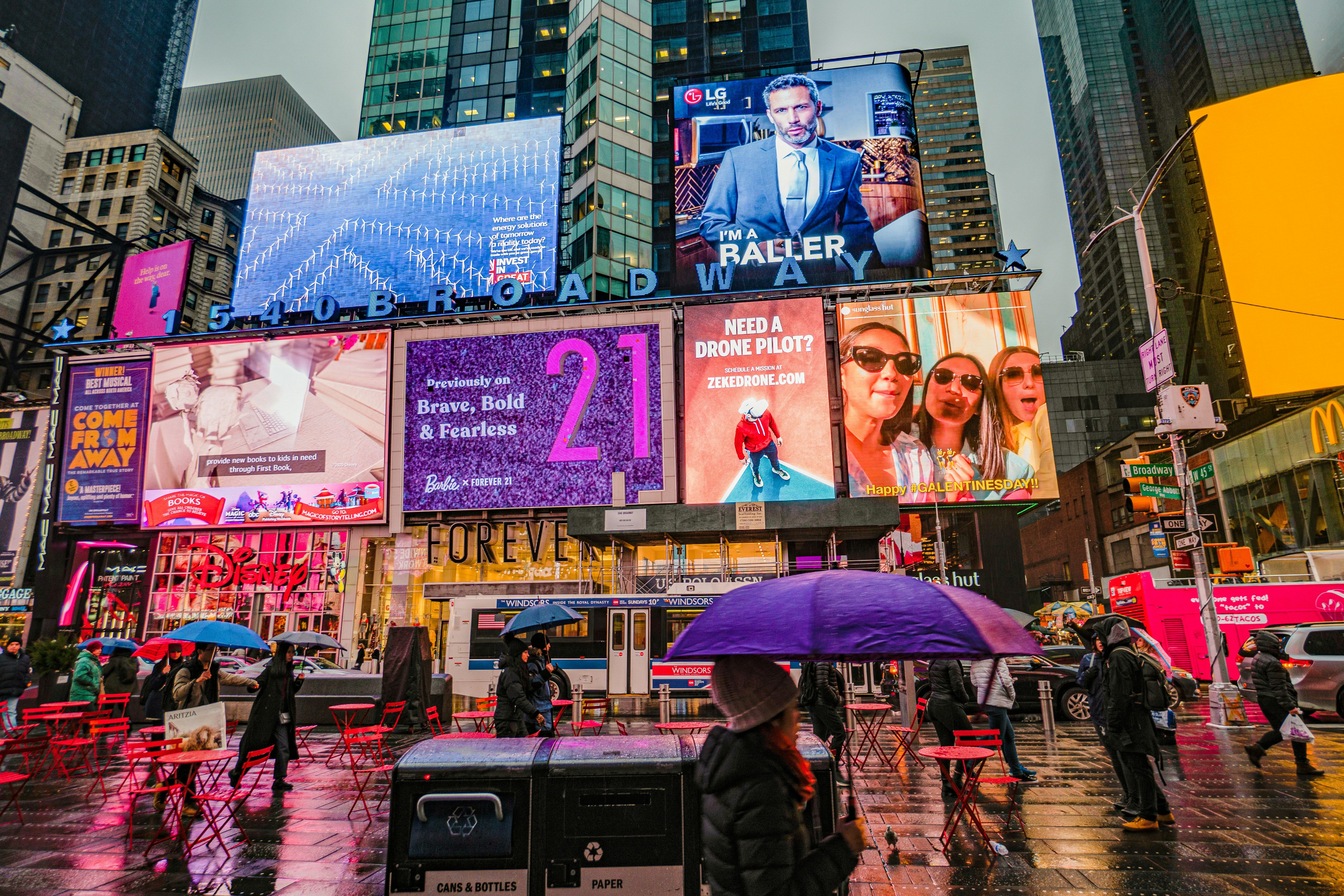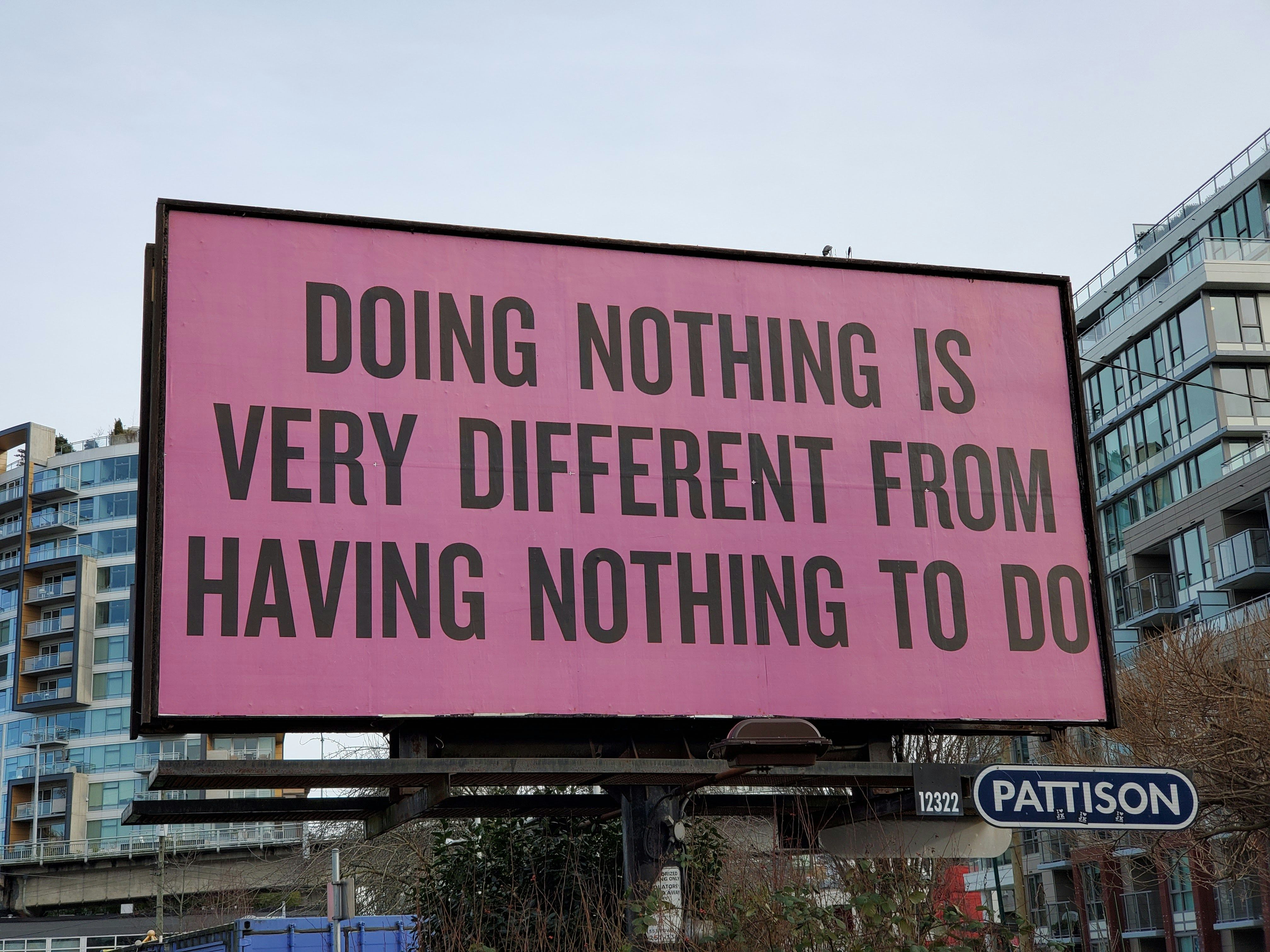2024/06/04
OOH Measurement: A Comprehensive Guide to Measuring the Impact of Out-of-Home Advertising

By Tim Rowe
Out of Home (OOH) advertising has been a cornerstone of marketing for decades. However, with the advent of digital out of home (DOOH) advertising, which includes billboards, LED screens, and digital signage, the landscape is evolving rapidly. Measuring its impact has always been a challenge. In this deep dive, we’ll explore the intricacies of OOH measurement, laying out a framework that can be customized to fit various needs. This guide aims to provide valuable insights into quantifying the effectiveness of OOH campaigns.

Setting the Foundation for Measurement
To start, it’s essential to acknowledge that OOH measurement is not a one-size-fits-all approach. Each ooh advertising campaign may require a bespoke measurement system tailored to its specific objectives. This guide will outline a flexible framework that can be adapted to various OOH campaigns.
The Secret to Effective Measurement
One crucial aspect of measurement often overlooked is understanding what the client wants to measure, including how to measure OOH advertising. This is vital for delivering value and ensuring that the measurement aligns with the client’s business goals.
The Power of Storytelling in Measurement
To illustrate the importance of measurement, let’s consider a real-world example from the summer of 2019. While working at Adams Outdoor in Eastern Pennsylvania, I sold a white-labeled mobile advertising product paired with billboards, known as Smart Billboards. Advertisers loved this combination of mobile advertising and OOH ads because it significantly increased the click-through rates for mobile display ads, often by 30-50%.

The Impact of Billboards on Credibility in Outdoor Advertising Campaigns
The credibility established by billboards enhanced the effectiveness of mobile ads. For instance, a nonprofit that used only billboards (without mobile retargeting) saw a remarkable increase in new website visitors, donations, and donation sizes, up by 40-60%. This was during their typically slow season, demonstrating the powerful impact of OOH advertising.
Transitioning to Business Development
Following these successes, I moved to the business development side, where I conducted a split-test for an orthodontist using digital OOH advertising with digital billboards. The test revealed that one creative drove 40% more website traffic than the other, showcasing the importance of creative testing in OOH campaigns.

Case Study: OneScreen and Marketplace Performance
Later, at OneScreen, we observed that two-sided marketplaces often see high rates of new website user traffic from OOH campaigns, although conversion rate increases were more prominent for B2B and B2C brands. An online retailer selling high-end puppies turned a bottom 5 performing market into a top 3 market in less than 30 days by adding an OOH campaign and radio to their media mix.
Deterministic, Pixel-Based Measurement
Cannabis brands have optimized their creative strategies using deterministic, pixel-based measurement for measuring OOH advertising effectiveness. This method has shown that OOH campaigns can drive exposed visitation rates comparable to the click-through rates of search engine marketing (SEM), which is typically in the 2-3% range.
Understanding Exposed Visitation Rate

The exposed visitation rate for OOH is a key metric in measuring ooh advertising effectiveness, akin to the click-through rate for digital ads. It measures the percentage of people exposed to the ad who then visit the advertiser’s website. This comparison underscores the value of OOH in driving high-quality traffic, even when the initial exposure is not search-intent-based.
Asking the Right Questions
Effective measurement begins with understanding the client’s business and objectives. Asking the right questions during the client needs analysis is crucial to gain insights into their specific requirements. This step helps tailor the measurement approach to the client’s unique needs and ensures that the measurement story aligns with their goals.
Avoiding Common Pitfalls in Measuring OOH Advertising Effectiveness
Many OOH measurement reports fall short by either taking all the credit for a campaign’s success or failing to ask what the client wants to measure. It’s essential to adopt a holistic approach and provide a nuanced analysis that respects the client’s broader marketing strategy.
The Holistic Approach to Measurement
Savvy marketers understand that no single measurement is perfect. They look for multiple signals and variable values to create a directionally accurate picture of marketing performance. This approach requires understanding the advertiser’s business and prescribing a measurement methodology that makes sense for their campaign objectives.
Quantifying the Impact
One common measurement is the sales lift stat, but it’s important to contextualize this data. For example, if a brand sees a 73% sales lift, understanding the incremental value of those sales and whether it offsets the advertising expense is crucial. This analysis can reveal whether a strategic choice to acquire customers at a loss is beneficial compared to other tactics.

Measuring the Synergy of OOH with Other Media
The addition of OOH to a media mix often enhances the performance of online tactics compared to other media channels. This “1 + 1 = 3” effect can be quantified by examining metrics like online conversion rates, email open rates, and SMS campaign performance in markets with OOH compared to those without.
Brand Lift Surveys
Brand lift surveys can be valuable, but their impact should be quantified. For instance, understanding the relationship between top-of-mind awareness and purchase frequency can significantly enhance the value of these surveys.
Getting Tactical: How to Start Measuring
- Identify Measurement Goals: Begin by asking what the client wants to measure—foot traffic (bricks) or website traffic (clicks).
- Understand Current Measurement Practices: Ask how the client currently measures their marketing against these objectives.
- Echo Back Understanding: Ensure you fully understand their needs by echoing back what they’ve told you and asking clarifying questions if needed.
The Role of Creative and Context
OOH is a full-funnel medium, and the format matters. For large format roadside billboards, focus on brand authority and credibility. For place-based digital kiosks, layer in consideration messaging to match the middle funnel placement.

Google’s Four Key Micro-Moments
Google identifies four key micro-moments in the buyer’s journey: want to know, go, do, and buy. These moments should inform the creative messaging for OOH campaigns, ensuring relevance and engagement at each stage of the funnel.
Digital Out of Home Measurement: A Layer Cake Approach
- Bottom Layer: Proof of performance photos, reach, frequency, and impressions for out of home media.
- Middle Layer: The brand’s own data sources, such as Google Analytics or Google My Business.
- Top Layer: Deterministic elements like pixels and QR codes for precise attribution.
The Importance of Pixels and QR Codes
Pixels and QR codes can be used to track exposed visitation rates and specific behaviors on the advertiser’s website. While pixels are more versatile, QR codes can be effective conversion mechanisms in certain contexts.

Flowcode for QR Code Attribution
Flowcode offers advanced capabilities for attributing website sales to visitors who scan QR codes, providing valuable data for measuring the impact of OOH campaigns.
The Most Important Part: Quantifying Impact
Quantifying the impact of OOH campaigns involves understanding the advertiser’s business model and identifying key performance indicators (KPIs) that matter to them. This ensures that the measurement approach aligns with their business goals.
Starting with Google Analytics
For those new to measurement, obtaining a Google Analytics certification is a great starting point. This free resource provides a solid foundation in marketing measurement and helps you speak the language of modern marketers.
Conclusion: The Future of OOH Measurement
As technology and data capabilities improve, the ability to measure and demonstrate the true ROI of outdoor advertising and OOH campaigns will continue to evolve. By adopting a holistic, tailored approach to measurement, marketers can unlock the full potential of OOH advertising and drive significant value for their clients.